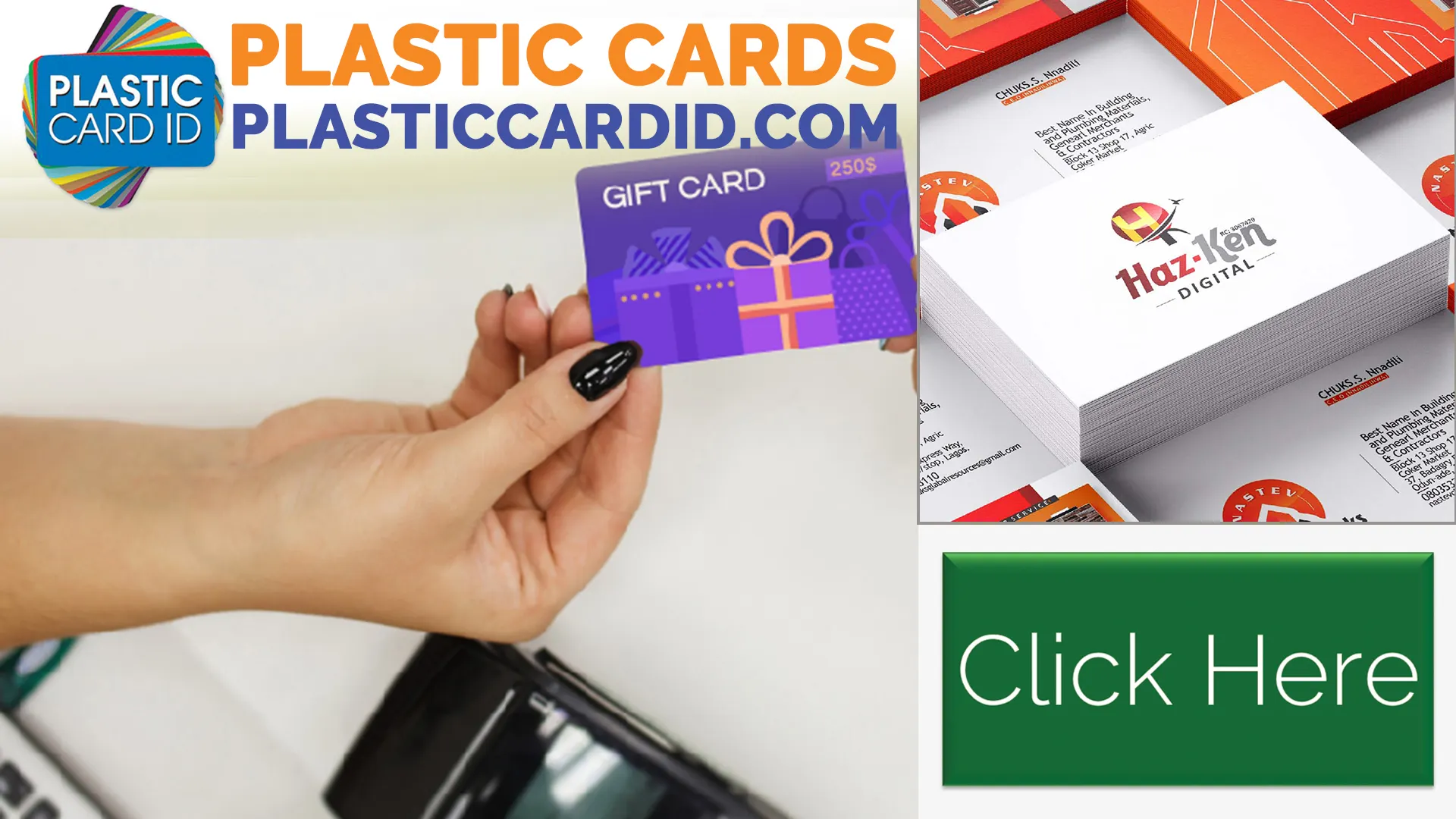Design Tips for Interior Designer Business Cards
Table of Contents []
- Designing Interior Designer Business Cards
- Practical Tips for Creating Effective and Attractive Business Cards for Interior Designers - Plastic Card ID
- Choosing the Right Color Scheme
- Incorporating Architectural Motifs
- Ensuring Essential Contact Information
- Adding QR Codes for Digital Portfolios
- Using High-Quality Materials
- Emphasizing Your Brand Identity
- Designing for Readability
- Ensuring Compatibility with Design Software
- Standing Out with Unique Shapes and Sizes
- Budget-Friendly Design Tips
- Final Tips and Important Considerations
- Elevate Your Professional Image with Plastic Card ID
Designing Interior Designer Business Cards
Practical Tips for Creating Effective and Attractive Business Cards for Interior Designers - Plastic Card ID
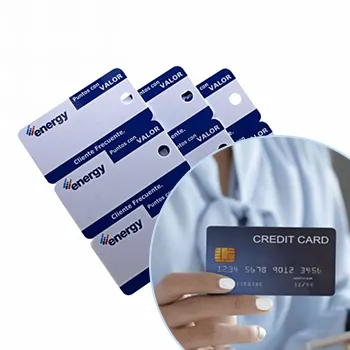
Creating a business card that stands out is essential for interior designers. At Plastic Card ID, we understand how important it is for interior designers to leave a lasting impression. This page will offer practical design tips for creating effective and attractive business cards for interior designers. We'll cover elements such as professional color schemes, architectural motifs, and the inclusion of essential contact information. Moreover, we'll discuss how to incorporate features like QR codes for easy access to digital portfolios. By implementing these design tips, interior designers can create business cards that elevate their professional image and improve their networking efforts.
Choosing the Right Color Scheme
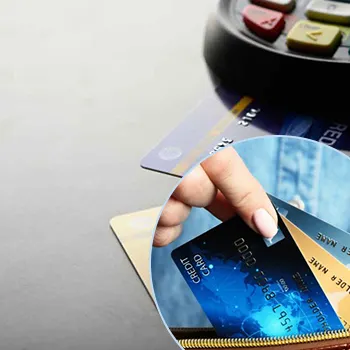
Color schemes play a vital role in the design of business cards. They set the tone and convey your brand's personality. For interior designers, using professional and sophisticated colors is key.
Neutral and Elegant
Utilizing neutral tones such as gray, beige, and white can convey sophistication and elegance. These colors provide a clean canvas that doesn't distract from the contact information.
Neutral colors are versatile and work well with various design elements. They ensure that your card looks timeless and professional.
Accent Colors
Adding a pop of color through accent shades can make your card more memorable. Consider using colors from your logo or website to create a cohesive brand identity.
Accent colors should be used sparingly to draw attention to key information, such as your name and profession. This helps to guide the reader's eye effectively.
Psychology of Color
Understanding the psychology of color can enhance your card's effectiveness. For example, blue conveys trust and reliability, while green symbolizes growth and creativity.
Choose colors that align with the message you want to communicate. This strategic use of color can strengthen brand perception.
Incorporating Architectural Motifs
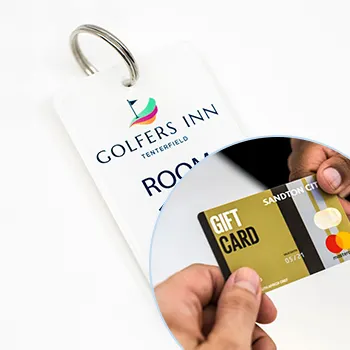
Architectural motifs can add a unique touch to your business card, reflecting your specialty in interior design.
Geometric Patterns
Geometric patterns are a common choice for interior design themes. Including subtle geometric shapes can add a modern and stylish look to your business card.
- Consider using lines, squares, or triangles.
- Ensure they don't overwhelm the card's layout.
- Match patterns with your overall brand aesthetic.
Textures and Surfaces
Textures such as wood grain, marble, or textiles can provide a tactile experience even on a printed card. These textures can evoke a sense of your design style.
Surface patterns give an extra dimension to the card and make it stand out. Utilize high-quality printing techniques to achieve these effects.
Minimalistic Designs
For a sleek and professional look, consider minimalistic designs. Simple layouts with clean lines and ample whitespace can speak volumes about your design sensibility.
Less is often more when it comes to business card design. A minimalist approach can convey clarity and professionalism.
Ensuring Essential Contact Information

Your business card must include all essential contact details. It's the main purpose of a business card, after all.
Details to Include
Your name, business name, profession, and contact information should be prominently displayed. This includes:
- Phone number
- Email address
- Physical address (if applicable)
Ensure that this information is easy to read and strategically placed.
Font Choices
Using clean, readable fonts is crucial. Fonts like Arial, Helvetica, and Times New Roman are good choices. Avoid overly decorative fonts that can be hard to read.
Font size should be large enough to be legible yet fit well within the card's layout.
Layout Considerations
A well-structured layout ensures important information is easily found. Use grid systems to align text and elements for a balanced design.
Avoid cluttering the card with too much information. Focus on the essential details for clarity and impact.
Adding QR Codes for Digital Portfolios
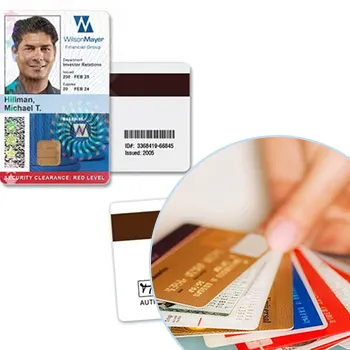
QR codes are a modern and effective way to bridge the gap between physical and digital information. They can direct potential clients to your digital portfolio with a simple scan.
Creating a QR Code
Numerous online tools allow for easy creation of QR codes. Ensure the link directs to a mobile-friendly version of your portfolio or website.
Test the QR code to confirm it works correctly and leads to the intended destination.
Placement on the Card
Place the QR code in a spot that's easily visible but doesn't overpower other essential information. Usually, the bottom corner works well.
Ensure there's a clear instruction or icon indicating the QR code's purpose.
Benefits of QR Codes
- Immediate access to your digital portfolio
- Space-saving, offering more room for creative design on the card
- Modern technology appeal, showcasing your adaptability
Using High-Quality Materials
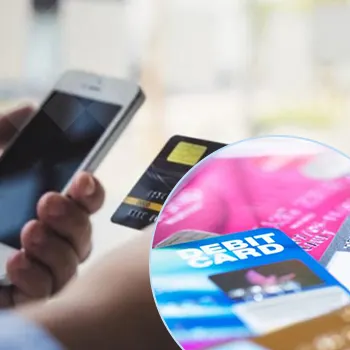
The material quality of your business card can say a lot about your brand. Using premium materials can help you make a positive and lasting impression.
Card Stock
Consider using thicker card stock to convey durability and quality. It feels more substantial and professional than flimsy papers.
High-quality card stock also ensures your card withstands wear and tear better.
Special Finishes
Adding special finishes like embossing, foiling, or spot UV can elevate the look and feel of your card. These finishes make your business card stand out and look more luxurious.
Be mindful to choose finishes that align with your brand image and message.
Eco-friendly Options
- Recycled paper options
- Plant-based inks
- Environmentally-conscious printing methods
Using eco-friendly materials not only helps the environment but can also attract eco-conscious clients.
Emphasizing Your Brand Identity
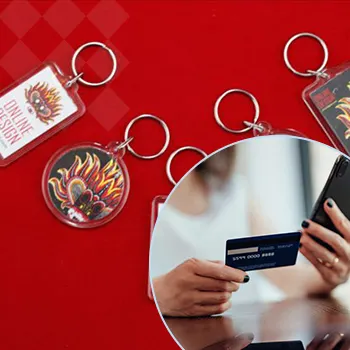
Your business card should reflect your brand identity consistently. This consistency helps build recognition and trust in your brand.
Logo Placement
Your logo is a key element of your brand. Ensure it's prominently placed, either at the top or bottom of the card. The logo should be in high resolution for clarity.
Effective logo placement ties your business card to all your other marketing materials.
Consistent Design Elements
Use consistent colors, fonts, and visual elements that match your brand. This creates a seamless experience across all your marketing channels.
Consistency helps reinforce your brand in the minds of potential clients.
Personal Touches
- Include a personal tagline
- Add a professional photo
- Share a brief mission statement
Personal touches make your card more memorable and relatable.
Designing for Readability
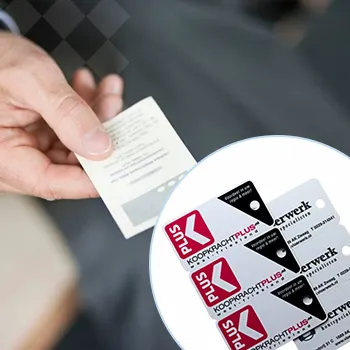
Readability is crucial for effective communication through your business card. Ensuring that your card is easy to read will enhance its effectiveness.
Font Choices and Sizes
Select fonts that are clear and legible at small sizes. Avoid overly ornate or thin fonts that can be difficult to read.
Opt for font sizes between 7pt to 11pt for body text and slightly larger for headings.
Color Contrast
Ensure there's enough contrast between the text and background. This helps in making the text more readable.
Dark text on a light background or light text on a dark background works best.
Whitespace
- Provides visual breathing room
- Helps separate different sections
- Improves overall readability
Whitespace should be strategically used to avoid a cluttered look.
Ensuring Compatibility with Design Software
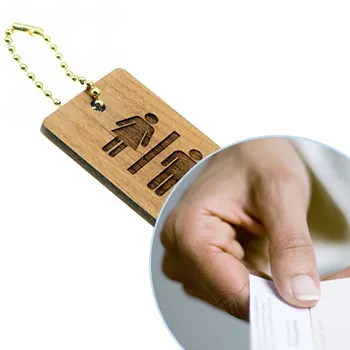
When designing your business card, keep in mind the compatibility with design software. This ensures your card design can be easily edited and printed.
Popular Design Platforms
Platforms like Adobe Illustrator, Photoshop, and InDesign offer powerful tools for creating professional business cards. Choose the one you're most comfortable with.
These platforms also offer templates that can be customized for your specific needs.
High-Resolution Files
Ensure your design files are high-resolution. This prevents pixelation and maintains the quality of your card.
Use a resolution of at least 300dpi for printing purposes.
File Formats
- PDF for print-ready files
- AI or PSD for editable files
- JPG or PNG for quick previews
Choosing the right file format ensures compatibility with printers and maintains design integrity.
Standing Out with Unique Shapes and Sizes
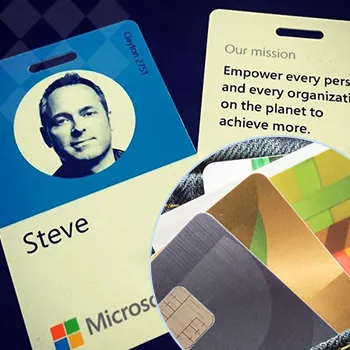
While standard business card dimensions are widely used, experimenting with unique shapes and sizes can make your card stand out.
Non-Standard Dimensions
Consider using dimensions other than the standard 3.5 x 2 inches. Square-shaped cards or mini-cards can be surprising and memorable.
Ensure the size remains practical for people to carry and store.
Die-Cut Designs
Die-cutting allows for custom shapes, giving your card a distinctive edge. Shapes like circles, ovals, or custom silhouettes can add a creative flair.
Custom shapes should still allow for all essential information to fit comfortably.
Foldable Cards
- Bi-fold or tri-fold designs
- More space for detailed information
- Unique presentation
Foldable cards can offer more real estate for content without compromising the card's compact size.
Budget-Friendly Design Tips
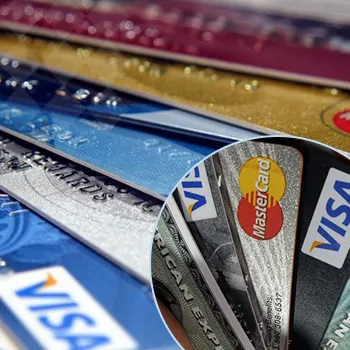
Designing a stunning business card doesn't have to break the bank. With a few smart choices, you can create an impressive card on a budget.
DIY Design Tools
Online tools like Canva and Vistaprint offer user-friendly options for designing your own business cards. These platforms provide templates that are easy to customize.
Using these tools can save on design costs while still achieving a professional look.
Cost-Effective Printing Options
Opt for standard print options offered by online print services. Bulk ordering can also reduce the per-card cost.
Finding a balance between cost and quality is key for budget-friendly solutions.
Essential Design Features
- Focus on simplicity
- Use only essential elements
- Avoid costly special finishes
Prioritize the core elements to create a clean, effective design without additional expenses.
Final Tips and Important Considerations

We hope these tips empower you to create the best possible business card for your interior design business. Remember, the key to a great business card is balancing creativity with functionality.
Proofreading
Always proofread your business card multiple times. Spelling or grammatical errors can detract from your professional appearance.
Have someone else review the card as well to catch any overlooked mistakes.
Feedback and Iteration
Don't hesitate to seek feedback from colleagues or mentors. They might offer valuable insights you hadn't considered.
Be open to making revisions based on constructive feedback to perfect your card.
Keep it Updated
- Ensure all contact information is current
- Update design elements to match brand changes
- Regularly review and refresh as needed
Maintaining up-to-date business cards reflects your attention to detail and ongoing professionalism.
Get an Instant Quote
Visit PlasticCardID to get started!
Elevate Your Professional Image with Plastic Card ID
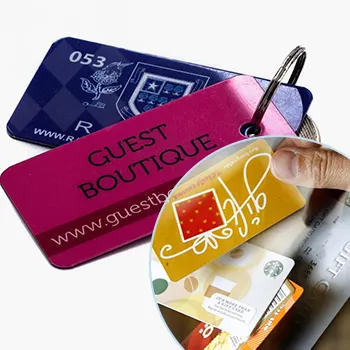
If you're ready to create a business card that truly represents your brand as an interior designer, look no further than Plastic Card ID. We specialize in crafting high-quality, unique business cards tailored to your specific needs.
Contact Plastic Card ID at 650-300-9340 today for your business card design solutions. Let's enhance your professional image and networking efforts with a card that leaves a lasting impression.
Previous Page

